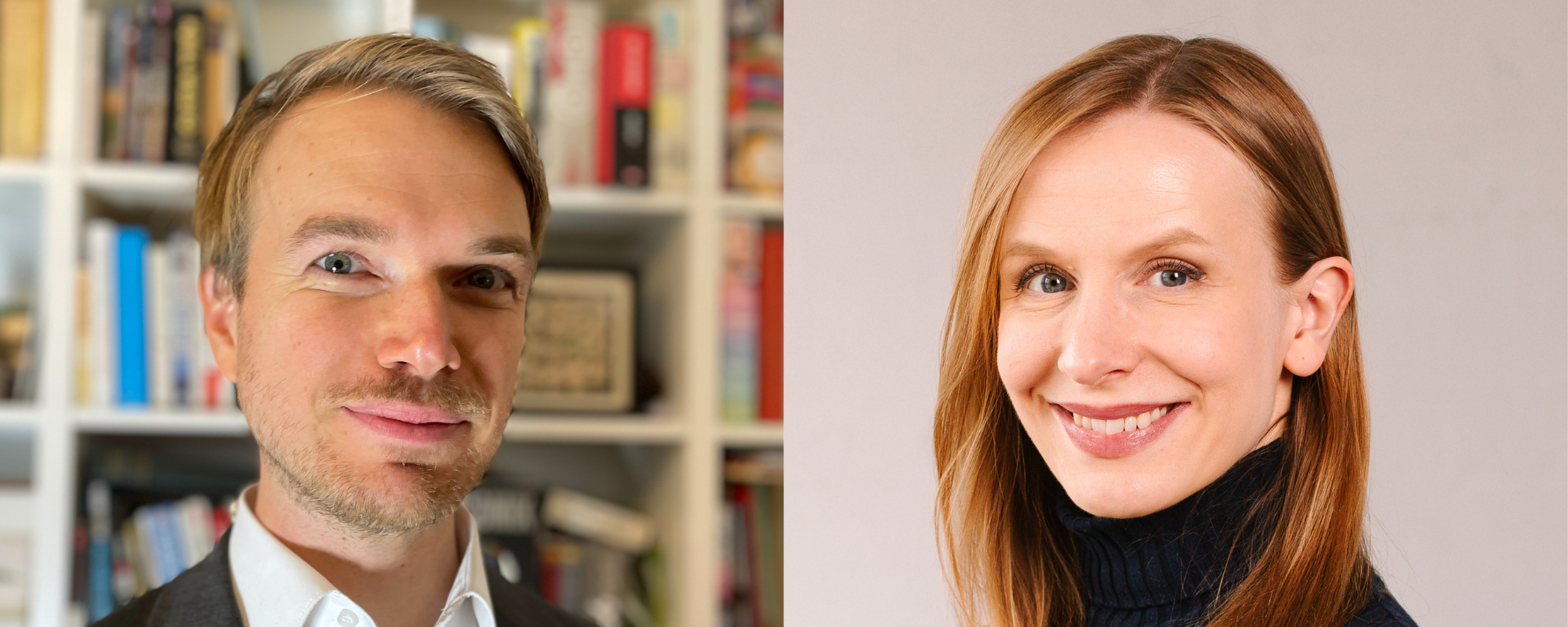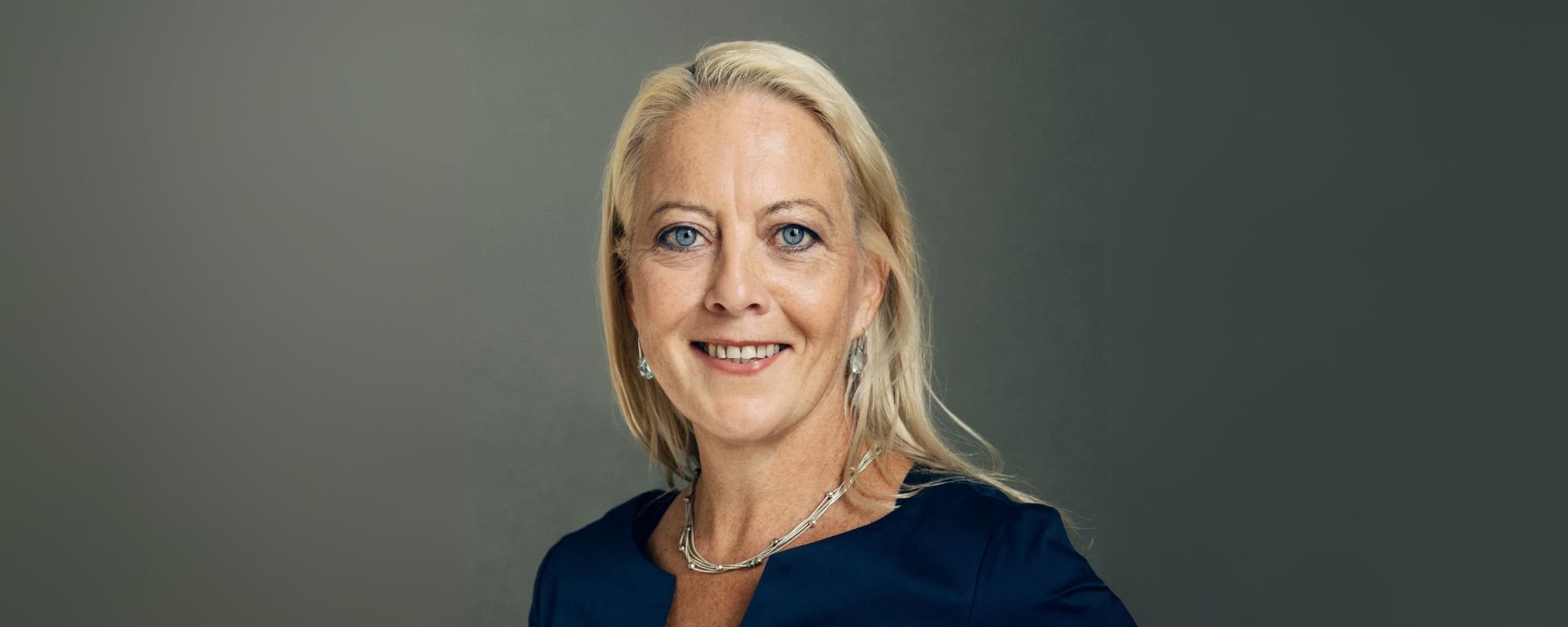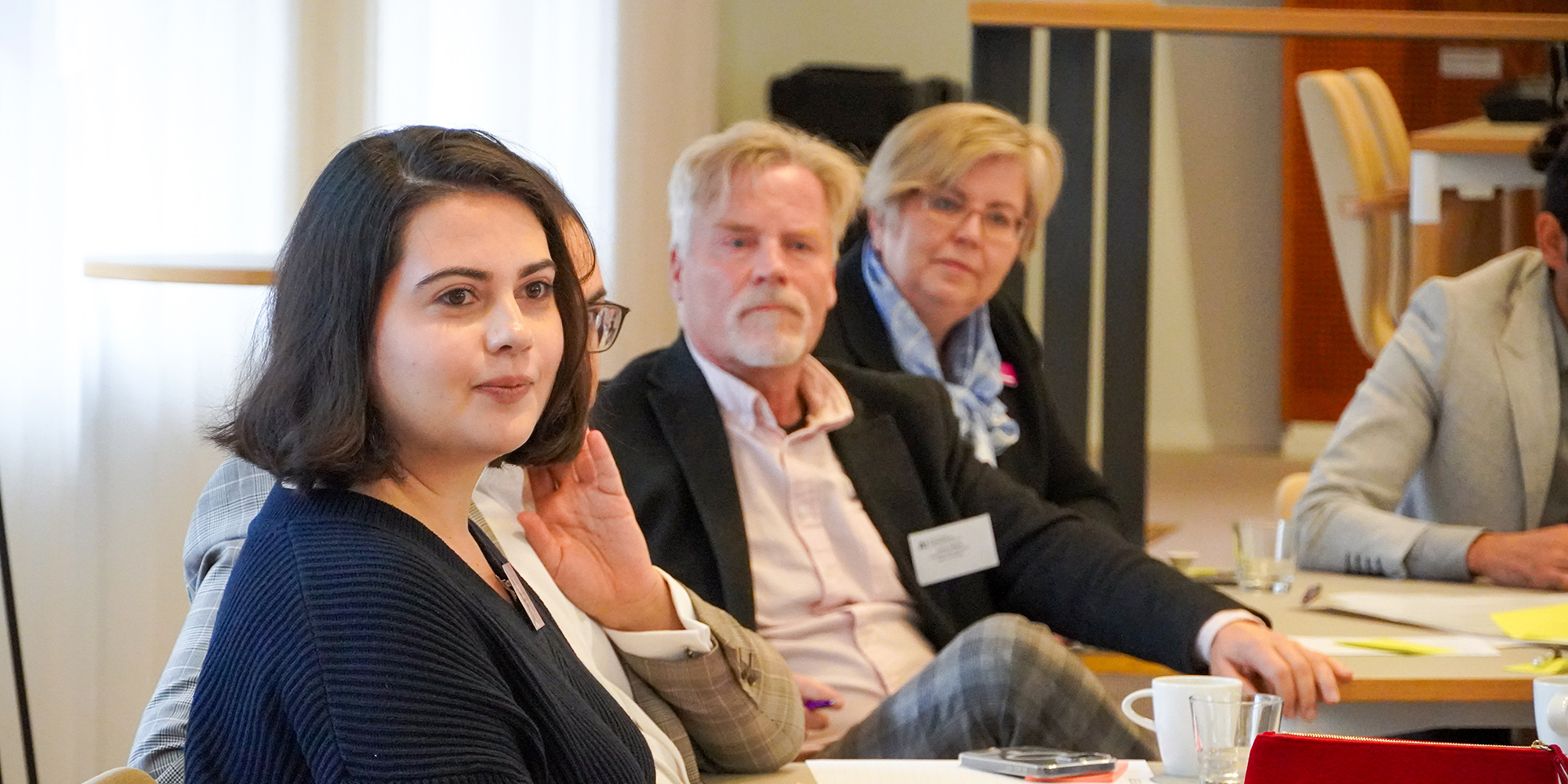Wars, trade wars, information wars, a pandemic that halted the whole world – the last few years have been a barrage of events that no one could have predicted. Foreseeing isolated events is extremely difficult,” admits Assistant Professor Eeva Vilkkumaa from Aalto University.
Future developments can be anticipated on a more general level, however.
“For example, the cargo ship getting stuck in the Suez Canal was a bizarre and random event. However, organizations can plan ahead for a scenario in which the global supply network is paralyzed as a result of something unexpected. Just identifying the scenario can lead to the building of more resilient supply networks,” Vilkkumaa explains.
Johannes Koponen, who specializes in strategic foresight, sees both strengths and weaknesses in Finnish businesses’ approach to foresight. Most have a good understanding of the prevailing market situation, their competition, and how these are likely to evolve.
However, many have a blind spot that covers everything else that is not directly related to the organization’s own operations, such as regulation, the opportunities created by digitalization, and technological development.
“Consistently maintaining a clear big picture of these areas is difficult. These areas are also usually the ones that matter the most – organizations need to know which developments are relevant to them specifically and what they have to look out for,” says Koponen, whose company, Konsensus.me, empowers organizations to make well-informed, long-term decisions.
Vilkkumaa agrees: Businesses are well aware of their clients’ current situation but fail to take into account what their future plans might be.
“Even when several scenarios have been identified, it is common for organizations to just pick one and base all their decisions on that one scenario. What they should be doing is building a strategy that factors in all eventualities,” Vilkkumaa says.
Both Koponen and Vilkkumaa are instructors on Aalto EE’s Strategic Foresight in Business Management program, which is the only one of its kind in Finland. The program focuses on leveraging strategic foresight in decision-making and business planning.
A shared responsibility or a matter for the board?
The approach to strategic foresight varies at different organizational levels. According to Vilkkumaa, the best approach is one that engages every level of the organization in the process.
“This incorporates foresight into the organization’s culture and makes everyone attuned to spotting new signals. This kind of mindset also makes it easier for individuals to understand the thinking behind the organization’s decisions. Decision-making cannot be crowdsourced, however – it is still up to the strategic management team to make choices based on the intelligence that is available,” Vilkkumaa explains.
Koponen, on the other hand, sees a lot of room for improvement in the way that organizations’ boards of directors approach the foresight process. While boards are naturally skilled at identifying threats to the business, there is much more to strategic foresight.
“Boards typically pay far too little attention to foresight, even though their role is to keep the organization competitive under all circumstances.”
According to Koponen, the first step for an organization that wants to boost its strategic foresight is to take inventory of the current situation. Once the baseline has been established, there is a whole range of scenario-building techniques that can be employed – and these techniques are all covered by Aalto EE’s program. There is a technique for every organization and every situation.
“The number one rule is to ensure that foresight actually informs decision-making in practice. For businesses, this can mean decisions about investments, new business models, or strategic policies. Some organizations use foresight to identify their purpose – a vision of how they want to shape the future,” Koponen explains.
Vilkkumaa, who wrote her doctoral dissertation for the Department of Mathematics and Systems Analysis, has worked with her team to develop analytical models that support scenario-building and scenario-based decision-making.
Human-generated intelligence and systematic processing
“There is no hard, quantum data that could be used to predict the future 10 or 20 years ahead. That is why we need human insight into what might happen, what is relevant, and which uncertainties need to be considered. This subjective, human-generated data can be processed systematically with the help of modeling.”
Scenario work is about recognizing uncertainties, identifying different ways forward, and matching them against each other. The sheer number of possibilities makes juggling several future options simultaneously extremely challenging.
If there are, for example, ten variables and each can develop in four different directions, the total number of options is four to the power of ten – more than one million!
Mathematical models play a crucial role in simplifying scenario-based decision-making.
“The decision-making process requires factoring in multiple scenarios, objectives, and a variety of either mutually exclusive or mutually inclusive actions. The probability of each scenario coming to pass is unknown, as is the effectiveness of the actions – there are so many uncertainties. Managing all these variables would be virtually impossible without mathematical models.”
How far into the future does strategic foresight extend? According to Koponen, this, too, depends on the organization. Some organizations have a five-year plan, while others have their sights set on a future several decades ahead.
“I usually say that the length of the horizon is 1.5 times the organizational lag. There is a considerable difference between the organizational lag of, for example, a nuclear plant construction project and that of a game development company,” Koponen says.
Vilkkumaa calls attention to the importance of regularly reviewing how scenarios are playing out.
“Scenarios can become outdated very quickly. For example, Finland’s suddenly becoming increasingly dependent on Russian energy was a perfectly reasonable scenario as recently as 2021.”
Focus on reshaping mental models
With all the business potential that artificial intelligence represents, could AI also be used to predict the future? According to the experts, although artificial intelligence can be helpful, outsourcing the whole process to AI is not a good idea.
“The process of identifying uncertainties involves interviewing a wide variety of experts and reading vast amounts of material – artificial intelligence can be used to bring this all together. AI has created a more level playing field in the sense that it allows everyone to access the same information quickly,” Vilkkumaa explains.
She points out, however, that one of the objectives of the foresight process is to reshape the mental models of the people involved. There can be no reshaping of mental models if the people involved have not actually processed the possible futures in their own heads.
“Understanding the compatibility of different ways forward requires human intuition. For example, can a scenario that involves strong economic growth actually coexist with a scenario in which regulation is tightened? AI can certainly be a useful sparring partner: You can, for example, ask AI to come up with a story in which both of these happen.”
Koponen agrees that human intuition is the most important element of scenario work and that creative thinking is a stage in the process that should never be skipped. AI is moving along in leaps and bounds, however, and becoming more and more adept at answering questions about the future.
“If you ask AI something about the future, it will have to invent the answer. The art of invention is ultimately what the entire foresight process is all about. Getting the whole organization involved in thinking about what is actually relevant can make a huge difference.”





















